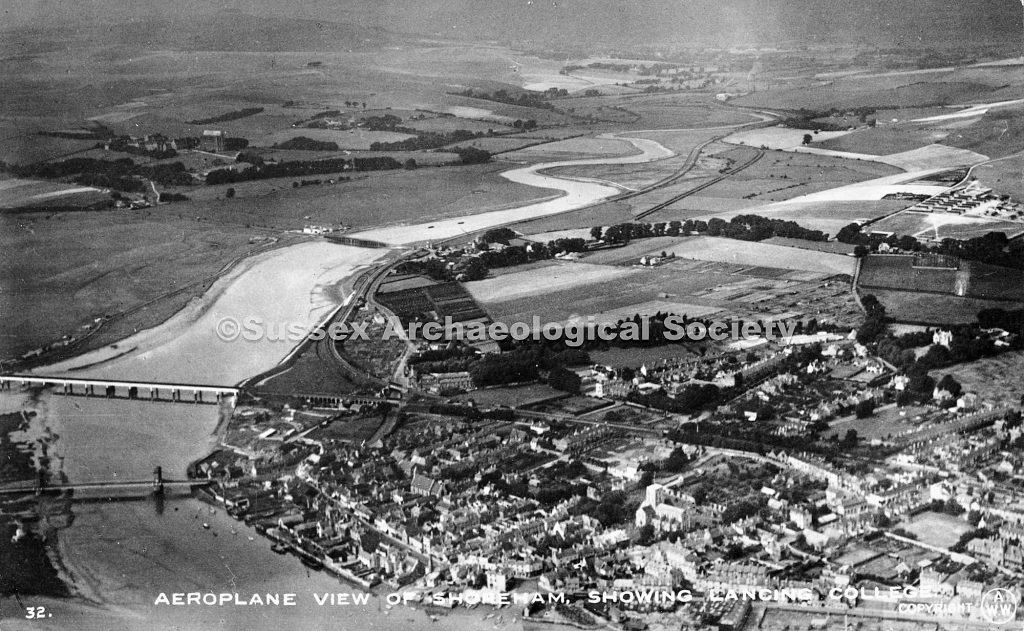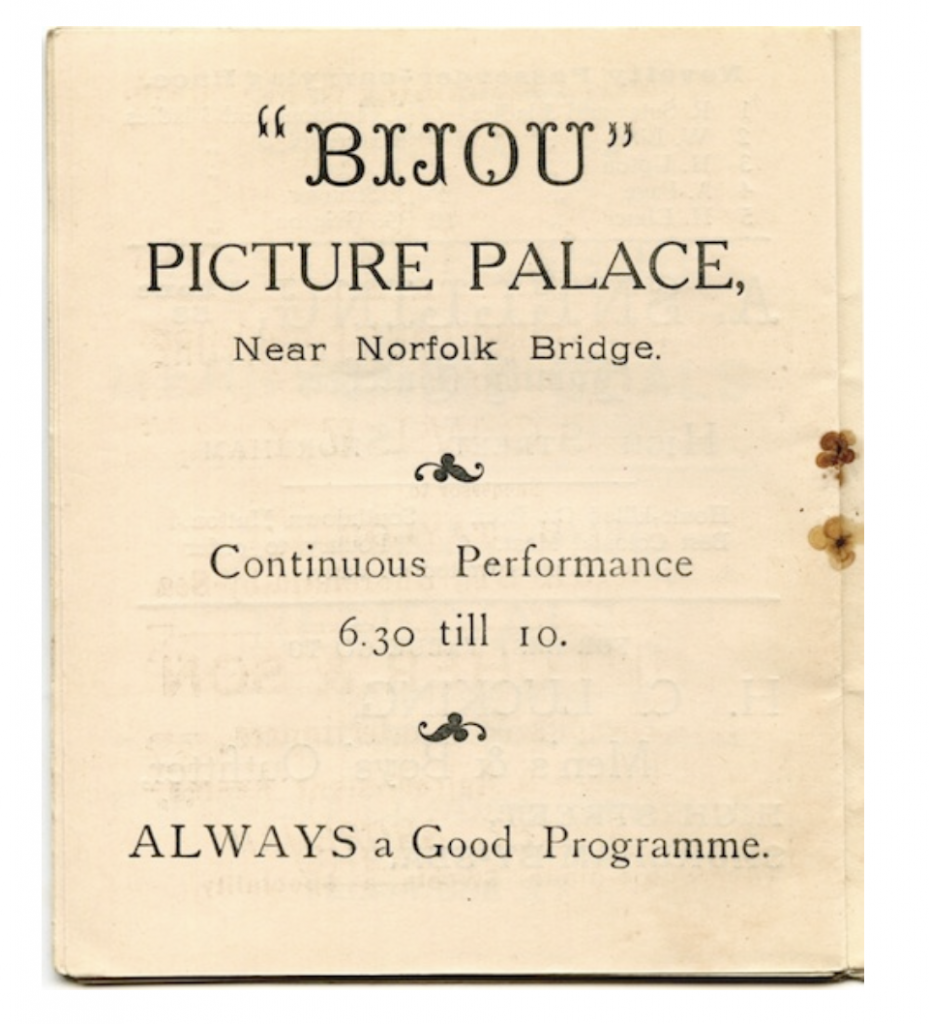A Tale of 5 Bridges
Shoreham has 5 bridges over the Adur. Before 1781 the only way to cross was by ferry boat or detour upriver to cross at Bramber bridge. The ‘old’ Toll Bridge changed this in 1781, followed 50 years later by the suspension Bridge and causeway to Lancing. Within 12 years the railway was extended westwards from the Shoreham terminus with the building of an impressive viaduct / wooden trestle rail bridge (1845). This was replaced 50 years later. By 1921 Shoreham had a new footbridge to the beach and 2 years later the original Norfolk Bridge was replaced. 46 years later a brand new ‘flyover’ road bridge was constructed as part of the new A27 trunk road, bringing the tally of river bridges to five.
Continue reading “Tale of 5 Bridges”











